How to take care of the different types of pumpkin?
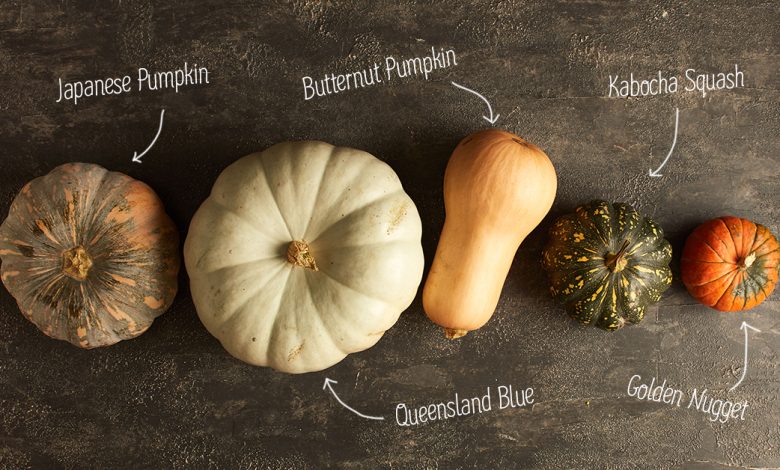
Pumpkin is a food known throughout the world for its nutritional properties and for being one of the most versatile vegetables, since it can be consumed in countless recipes. Although its cultivation requires specific care, if you have a small garden at home, you can harvest this delicious food.
The pumpkin is a very versatile food, with it you can prepare multiple recipes such as creams, soups, purées, cakes, flans, jams and even side dishes. It can also be cooked sautéed, boiled, au gratin or baked.
There are more than three thousand varieties of pumpkin in the world and their weight can range between 2 and 8 kilos; although there are giant species that can reach up to 600 kilos. They can also be found in different shapes and colors, such as white pumpkin, yellow pumpkin and green pumpkin.
Benefits and properties of this vegetable
The WHO recommends the intake of pumpkin in the daily diet, since it is a food rich in fiber, vitamins B2, B6 and C; It also provides iron, magnesium, iodine, calcium, sodium, zinc, potassium and folic acid. Plus, it’s low in carbs and calories.
Among the properties of the pumpkin we have that it strengthens our immune system, preventing different diseases. It also works as an antioxidant, thanks to the combination of vitamins and minerals it contains.
Similarly, it promotes cardiovascular health; as it controls cholesterol levels and high blood pressure. Likewise, it is a vegetable recommended to treat conditions of the digestive system such as constipation, gastroduodenal ulcer and gastritis.
On the other hand, its composition helps maintain good vision, thus preventing cataracts, night blindness and photophobia. In addition, it takes care of the kidneys and the urinary system, since it prevents the formation of kidney stones, cystitis, kidney failure and also the accumulation of fluids in the body.
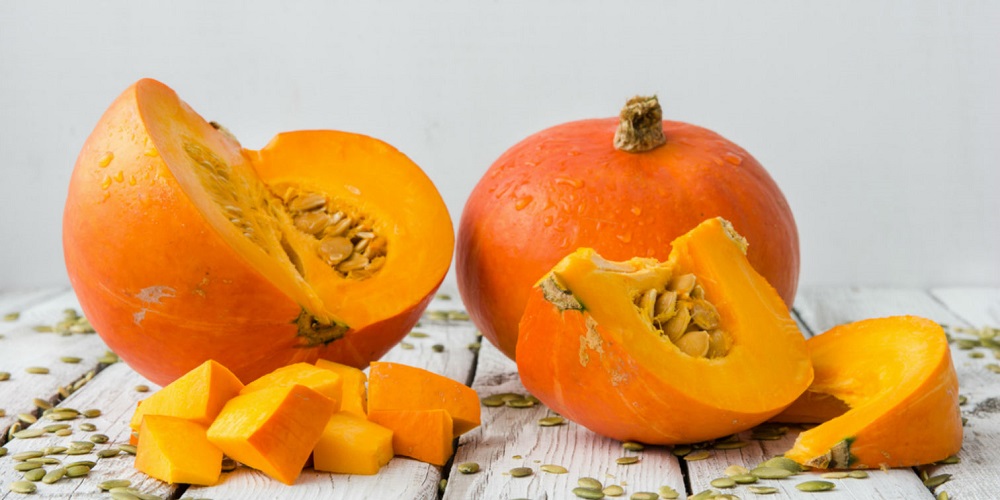
pumpkin classes
Although nature provides us with many types of edible pumpkins, there are four classes that are the best known:
Cucurbita maxima Duchesne
This pumpkin has a rounded shape and is also known as auyama or Turk’s head. It is a variety native to South America and is currently one of the most cultivated in the world. It is mainly used for decoration, so it is a species that is classified among ornamental gourds and its giant fruits can weigh up to 20 kilos.
Cucurbita moschata Duchesne
This variety of pumpkin is one of the most cultivated species in Spain and is popularly known as violin pumpkin. It usually has an elongated shape, although depending on the species it can acquire other presentations. They are believed to be native to Mexico.
Cucurbita ficifolia Bouche
It is known as butternut squash or angel hair. Unlike other variants that offer a yellow or orange skin, this species of squash features a dark green, light green exterior and white veining. Its pulp is used above all in confectionery, since once cooked, a delicious sweet is obtained.
Cucurbita argyrosperma Huber
It is also known as pinto pumpkin. This vegetable is native to Central America, especially Mexico. It has a bitter pulp, which is why it is not used in confectionery and its seeds are consumed ground. Its shell is dark green with light streaks.
Some care to consider in your crop
Pumpkin is a vegetable that has two types of growth. There are species of determinate growth, which grow in the form of a bush; and there are also those of indeterminate growth that can be climbers. The latter produce branches that cling to surfaces, other plants or spread out on the ground.
The most common are those of indeterminate growth that spread horizontally, so it is important when growing to have enough space between each plant (at least one meter away), so that the pumpkins can grow and develop optimally.
On the other hand, they are plants that must have humidity and lighting . For this reason, they are planted in places where the sun’s rays directly affect them and for their hydration, it is convenient to use a watering can that prevents the substrate from drying out. Another option is to use padding that retains moisture. However, they should not be over-watered; avoiding wetting the leaves and flowers.
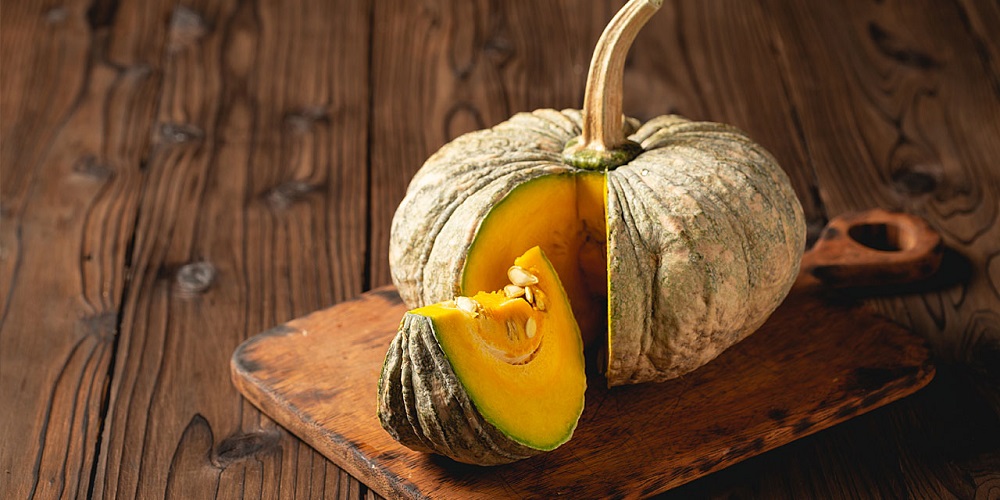
The most important thing about planting
The pumpkin should preferably be sown at the beginning of March; being able to delay until May if the weather is cold. The reason for this is that it is a plant that requires a temperature between 32 and 37ºC for its cultivation, when it is sown at 10ºC or less its development is paralyzed.
Regarding the preparation of the seeds; in order to promote germination, these should be wrapped for 48 hours in a wet cloth. After this time, they are disinfected by separating one from the other; for which an insecticide or fungicide preparation specially designed for these cases will be used.
The seeds should be sown leaving the necessary space between each one. Likewise, it should be considered whether it is a domestic garden or large extensions of land; in this case, experts advise using 5 kilos of seeds for each cultivated hectare.
Once the plants have generated three or more leaves, the most vigorous and healthy ones are selected. This moment should be used to incorporate fertilizer and water if necessary.
Harvest
Harvest time comes when about four months have elapsed from the time of sowing. Some pumpkins produce their fruit close to the trunk, while other varieties produce fruit a meter and a half away.
It is advisable that pumpkins be picked once the rind is hard. This collection must be done during the months of September, October and November, especially before the frosts begin. They must be cut with the stem and even, sometimes, with a piece of stem.
Pumpkin cultivation is possible not only on large acres for commercial use, but also at home in small gardens.

![Photo of Aquatic Plants: Types and How to Care for Them [Complete Guide + 10 Examples]](https://www.complete-gardening.com/wp-content/uploads/2022/08/aquatic-plants-types-and-how-to-care-for-them-complete-guide-10-examples-390x220.png)
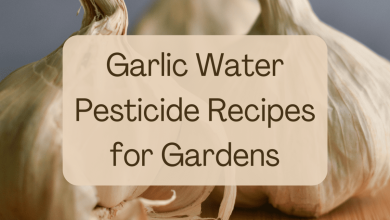
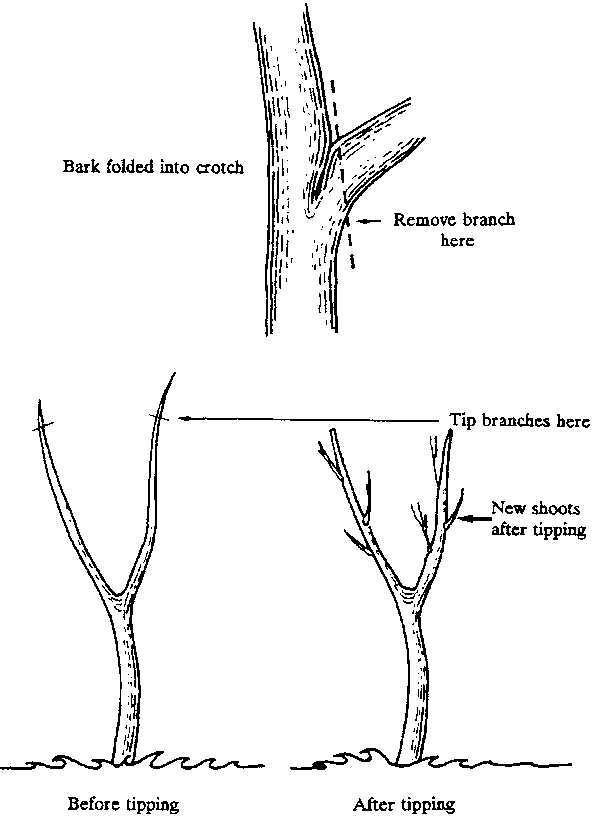
![Photo of Anise: [Cultivation, Irrigation, Care, Pests and Diseases]](https://www.complete-gardening.com/wp-content/uploads/2022/08/anise-cultivation-irrigation-care-pests-and-diseases-390x220.png)